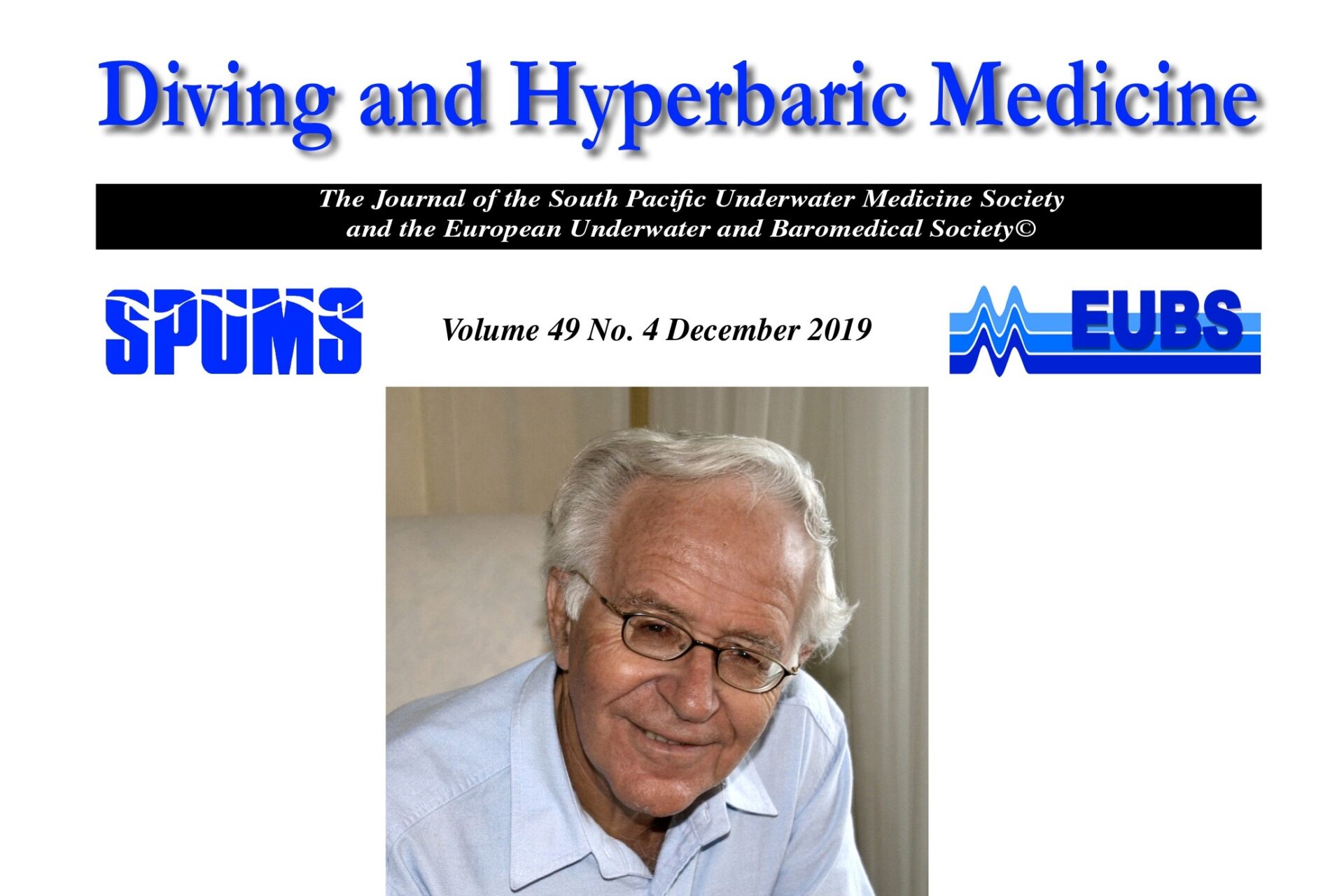Diving Hyperb Med. 2019 Dec; 49(4): 253–258.
Published online 2019 Dec 20.
doi: 10.28920/dhm49.4.253-258
Abstract
Introduction
Mesenteric ischaemia results from a lack of adequate blood flow to and oxygenation of the mesentery and intestines. The aim of the present study was to evaluate the effect of hyperbaric oxygen treatment (HBOT) on the healing process in intestinal mucosa of rats undergoing mesenteric ischaemia and reperfusion.
Methods
Thirty-two Wistar-Albino rats were divided into four groups of eight: 1) ischaemia/reperfusion (I/R); 2) sham operation; 3) I/R+HBOT started 6 hours after reperfusion; 4) I/R+HBOT started 12 hours after reperfusion. In the I/R groups, a vascular clamp was placed across the superior mesenteric artery to occlude arterial circulation for 60 minutes, followed by reperfusion. A dose of HBOT consisted of 100% oxygen breathing for 90 minutes at 2.5 atmospheres absolute pressure. Thirteen doses of HBOT were administered after ischaemia. The rats were sacrificed on the eighth day, and their intestinal tissues were harvested for histopathologic analysis. The tissue levels of catalase, malondialdehyde, and glutathione were determined.
Results
The histopathological scores (HSCORE) were consistent with macroscopic examinations. The scores were significantly higher (worse) in Group 1 compared to Group 2, Group 3, and Group 4 (for all comparisons, P < 0.05). Group 4’s HSCORE was significantly higher than those of Group 2 and Group 3 (for both comparisons P < 0.05). Group 3’s HSCOREs were only marginally higher than Group 2. Group 3 exhibited higher glutathione levels than Group 1 (P < 0.05). There were no significant differences across the groups with respect to malondialdehyde and catalase levels.
Conclusion
A beneficial effect of HBOT was observed on oxidative stress and inflammation in acute mesenteric ischaemia-reperfusion.
Keywords: Mesenteric ischaemia, Ischaemia-reperfusion injury, Histology, Experimental study


